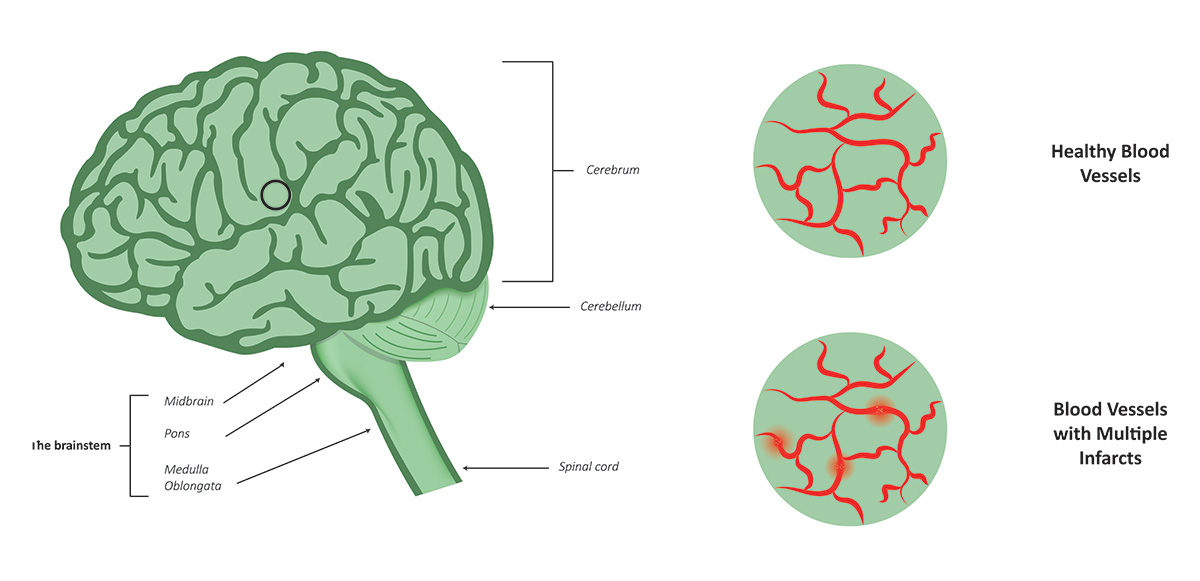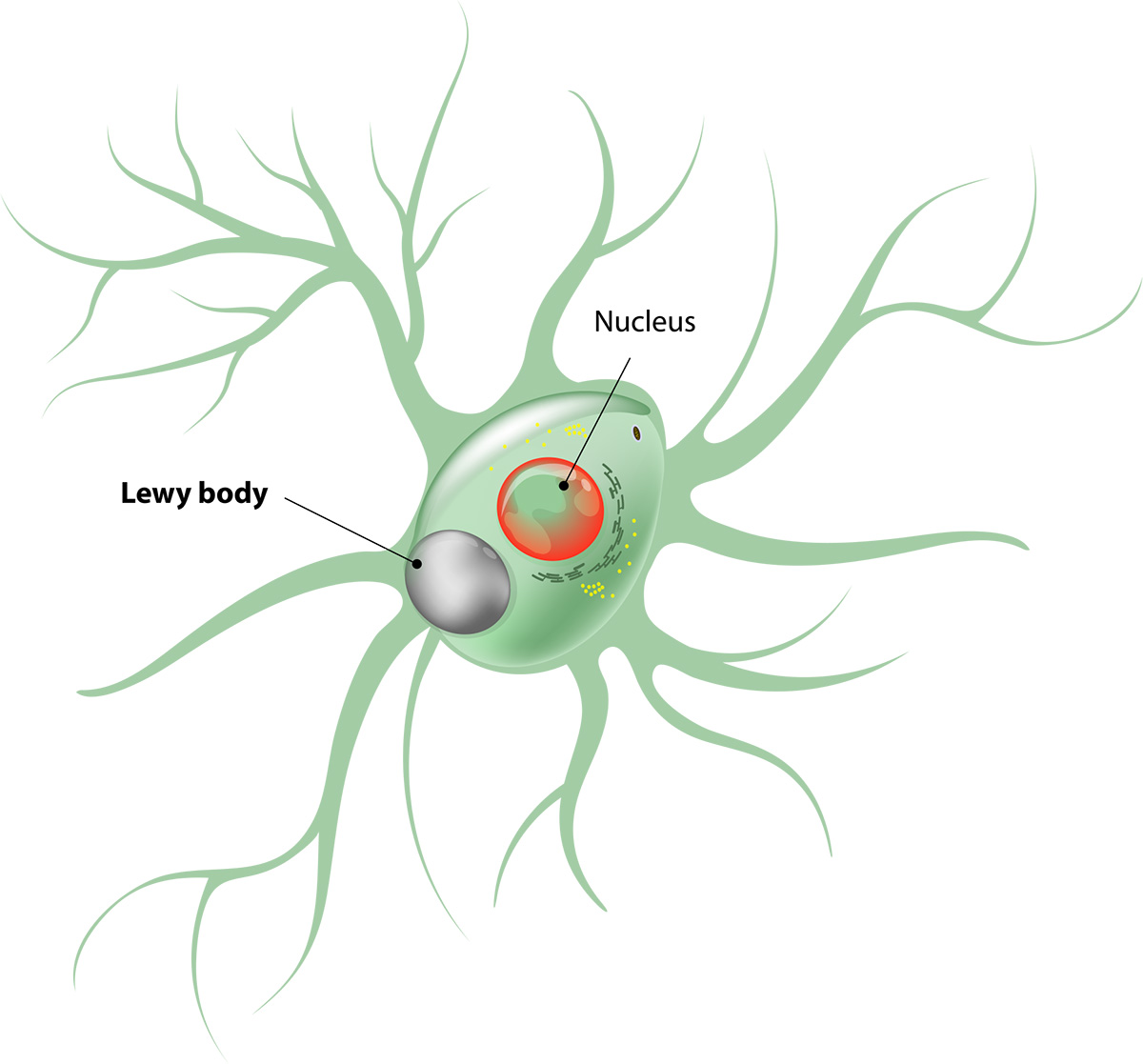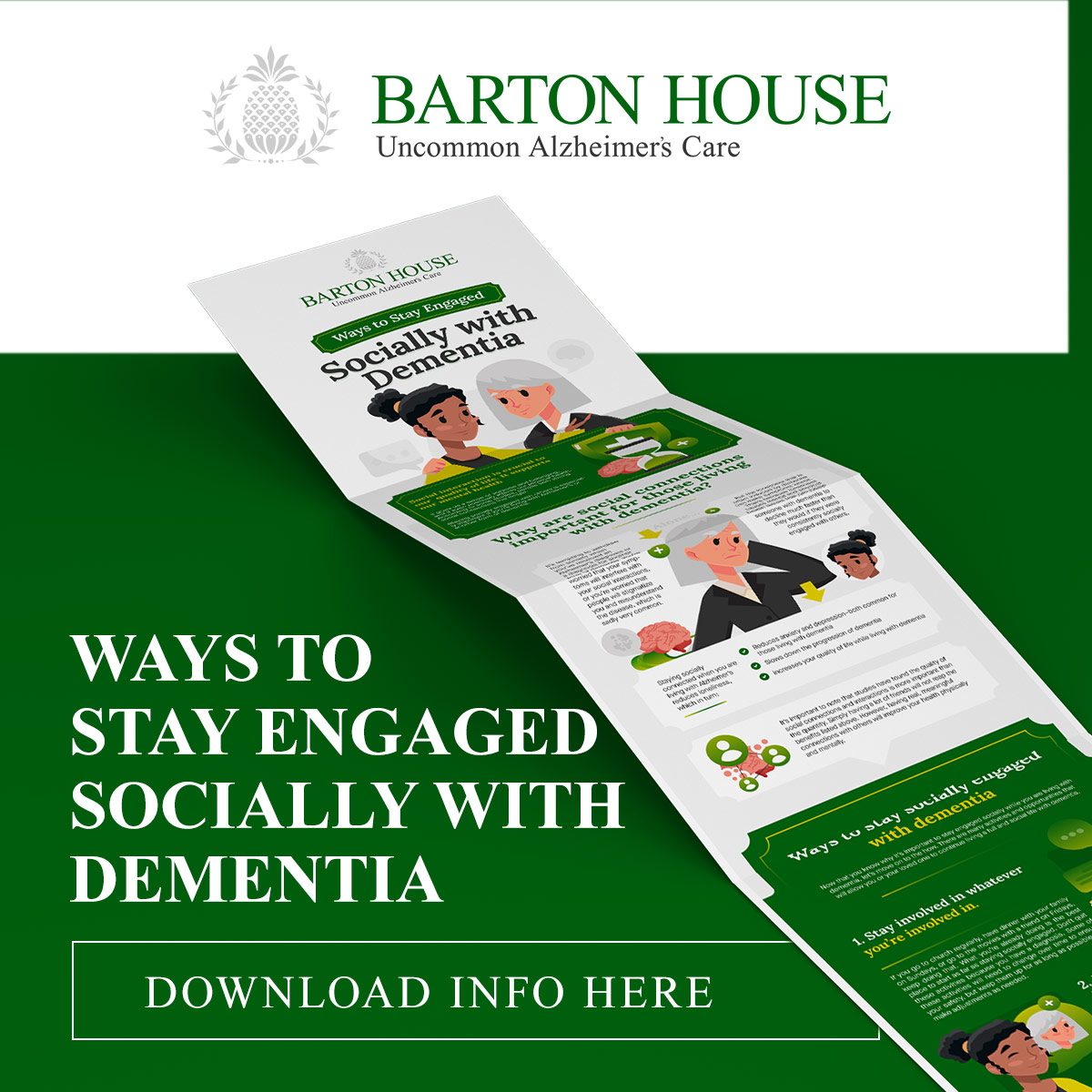What Is Mixed Dementia?

What is Mixed Dementia?
What It Is and Why It’s More Common Than You Think
We tend to think of dementia as a singular disease or condition. We say: My grandmother has dementia…My mom is suffering from dementia. But this isn’t entirely accurate. Dementia is a group of symptoms caused by another condition like Alzheimer’s disease. Alzheimer’s is the most common cause, but many other diseases and conditions can lead to dementia.
Sometimes—and researchers are beginning to realize this is more common than they thought—someone can have two or more conditions that are causing their dementia. This is known as mixed dementia.
A 2016 study that performed autopsies on 141 volunteers who had Alzheimer’s or another form of dementia showed that 50% of them also had a secondary type of dementia. This study has led doctors and researchers to believe that mixed dementia is more common than they realized.
The most common types of mixed dementia are Alzheimer’s with vascular dementia and Alzheimer’s with Lewy bodies. In some cases, someone could have all three—Alzheimer’s, vascular dementia and dementia with Lewy bodies.
Diagnosing someone with mixed dementia can be difficult because symptoms often only present as Alzheimer’s disease, masking the other types of dementia involved. For example, a blood clot that is causing vascular dementia may go undetected until after a person has passed and the clot is revealed in an autopsy.
But a correct diagnosis is critical for someone to get proper care. Understanding vascular dementia and dementia caused by Lewy bodies can help a doctor or expert determine if someone has mixed dementia.
Share this Infographic Image On Your Site
<p><strong>Please include attribution to https://barton-house.com/ with this graphic.</strong><br><br><a href="https://barton-house.com/ways-to-stay-engaged-socially-with-dementia/"><img src="https://barton-house.com/wp-content/uploads/2022/11/barton_house_infographic_Ways_to_Stay-Engage_socially_with_dementia.jpg" alt="Ways to Stay Engaged Socially with Dementia" width="461px"></a></p>What is vascular dementia?
Vascular dementia is a type of dementia caused by reduced blood flow to the brain. Only 5-10% of vascular dementia cases are only vascular dementia. Most cases are mixed dementia.

Health conditions that cause restricted blood flow to the brain include:
Genetics can also predispose someone to vascular dementia. CADASIL (cerebral autosomal dominant arteriopathy with sub-cortical infarcts and leukoencephalopathy) is a genetic disorder that affects blood vessels in the brain, causing migraines, seizures, severe depression and, ultimately, vascular dementia.
Symptoms of vascular dementia vary based on which part of the brain is affected. Vascular dementia caused by a major stroke can damage one side of the brain where blood supply is cut off. People with this type of vascular dementia may experience:
Other symptoms of vascular dementia include:
What is Lewy Body Dementia?
Lewy bodies are abnormal deposits of protein in the brain that cause hallucinations, imbalance in the body and attention issues. In addition to dementia, Lewy bodies can also lead to Parkinson’s disease. What actually causes these abnormal protein deposits is unknown.

Early signs of Lewy bodies dementia include:
How do you treat mixed dementia?
There is no cure or medication for mixed dementia. Treating mixed dementia would require knowing what types of conditions are causing someone’s dementia and treating those conditions.
For example, if someone has Alzheimer’s and vascular dementia, a doctor will want to treat the vascular dementia by improving blood flow to the brain through medication, lifestyle interventions and maybe surgical procedures.
Treatments for vascular dementia include:
Lewy body dementia is a bit more complicated to treat. The Mayo Clinic suggests trying certain Alzheimer’s medications like rivastigmine (Exelon), donepezil (Aricept) and galantamine (Razadyne), which increase neurotransmitters in the brain, or medications used for Parkinson’s disease like carbidopa-levodopa (Sinemet, Rytary, Duopa), which helps with muscles and movement. Medications can have adverse effects on someone with Lewy bodies, so the Mayo Clinic also suggests making lifestyle adjustments to help someone cope with their symptoms rather than taking medications to try and alleviate them.
As far as treatments for Alzheimer’s disease, more progress has been made on the medication front with breakthrough medications like Aduhelm, which works to remove amyloid plaque in the brain, and lecanemab, which has shown promise in a study where it reduced cognitive decline by 27% in participants who had early-stage Alzheimer’s disease.
Lifestyle interventions and therapies like validation therapy, cognitive exercises, physical activity and life story work have proven to be helpful in alleviating or slowing down the progression of Alzheimer’s.
As researchers continue to learn more about mixed dementia and how to identify and diagnose it, it will likely become more common and broadly recognized. If you suspect you or a loved one has more than one condition that could be causing dementia, talk to your doctor. Ask him or her about mixed dementia and if you can have further testing done to determine what is causing your symptoms. A proper diagnosis is essential for receiving proper care.






